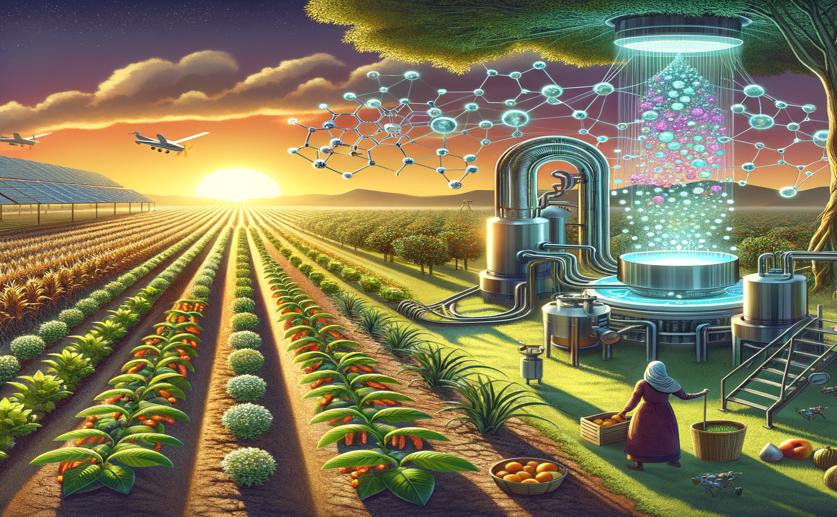
Innovative Biopolymer Networks Transforming Sustainable Farming
Jim Crocker
9th March, 2024

Image Source: Natural Science News, 2024
Key Findings
- Researchers at Vali-e-Asr University of Rafsanjan found that biopolymers can improve farming sustainability
- These biopolymers can release fertilizers and pesticides in a controlled way, reducing environmental harm
- They can also protect crops with built-in antimicrobial agents, potentially reducing pesticide use
AgricultureSustainabilityBiotech
References
Main Study
1) Nano/Micro-Structural Supramolecular Biopolymers: Innovative Networks with the Boundless Potential in Sustainable Agriculture.
Published 8th March, 2024
https://doi.org/10.1007/s40820-024-01348-x
Related Studies
2) Increasing the efficiency of agricultural fertilizers using cellulose nanofibrils: A review.
3) Advancements in coating technologies: Unveiling the potential of chitosan for the preservation of fruits and vegetables.
4) β-glucan-induced disease resistance in plants: A review.



 18th January, 2024 | Jim Crocker
18th January, 2024 | Jim Crocker